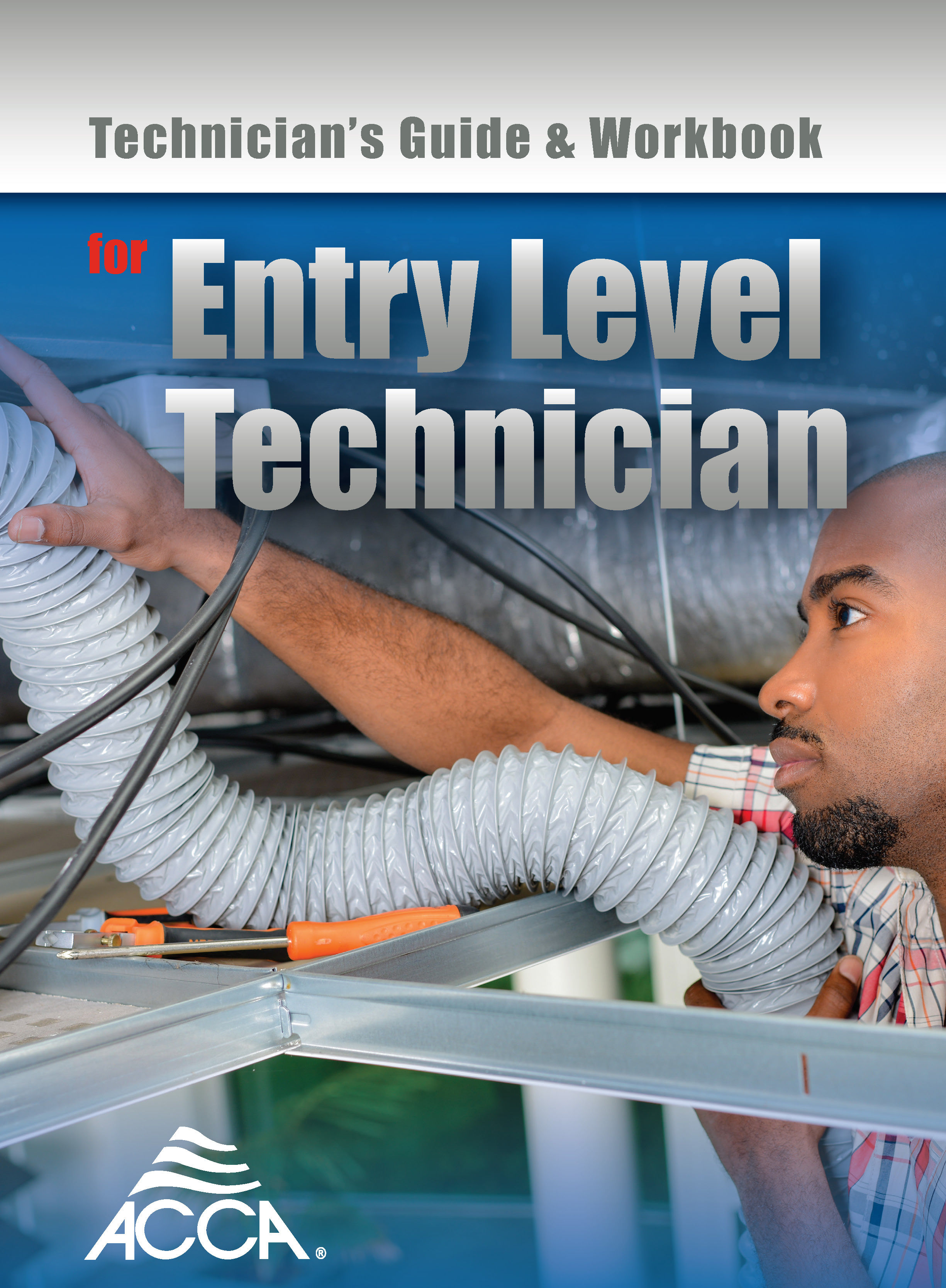Product Details
This workbook is intended as a basic boot camp level of training for refrigeration and air conditioning. Basic skills needed to successfully integrate into an operating HVACR business as a recruit with little or no HVAC training are covered. The goal is to provide prospective entrants into the field with a in-depth overview they can rely on to quickly develop into entry-level technicians.
The basics that heating, ventilation, and air conditioning (HVAC) technicians need to know span many areas of expertise. This Guide and Workbook is designed to break the standard training mold. Basics required by technicians to succeed in the field go beyond a basic level of understanding the science and fundamentals of HVAC. The training will broadly integrate science and practical field guidance with an added emphasis on how to be a successful HVAC company team member. Technicians will be provided with ways to become integrated into the company culture and represent that company’s values in the work they perform.
- The Guide & Workbook is divided into eight progressive chapters that build upon information covered in earlier sections.
- Chapter I briefly covers job opportunities in the HVAC career field and fitting into the company culture. It then jumps directly into the refrigeration cycle and how the components in its function.
- Chapter II begins by explaining why knowing what is on MSDS sheets is essential and covers personal protection items, like goggles and gloves, before focusing on tool identification and usage.
- Chapter III covers the types of equipment often seen in the field.
- Chapter IV covers electrical components and electrical measurement basics. When science or math is needed to accomplish a field task, it is introduced in the text. For example, Ohm’s law and how to use it in the field are demonstrated in this chapter. Additionally, converting volts and amps into watts is first covered in the resistance heat section in this chapter.
- Chapter V covers airflow basics such as the comfort zone for people on the psychrometric chart and provides background training for necessary field airflow measurements.
- Due to the popularity of hydronic systems in many regions, Chapter VI covers the basics that technicians need for understanding hydronic systems and water flow measurement.
- Chapter VII encourages entry-level technicians to embrace the opportunity of working with someone with more experience as part of an installation team. Properly using gauges, refrigerant charge checking by superheat and subcooling and wiring thermostats and control boards are also covered in this chapter.
- Chapter VIII deals with basic requirements for a maintenance inspection. It provides guidance for following the basic requirements in ANSI/ACCA 4 QM - 2019 Maintenance of Residential HVAC Systems.
